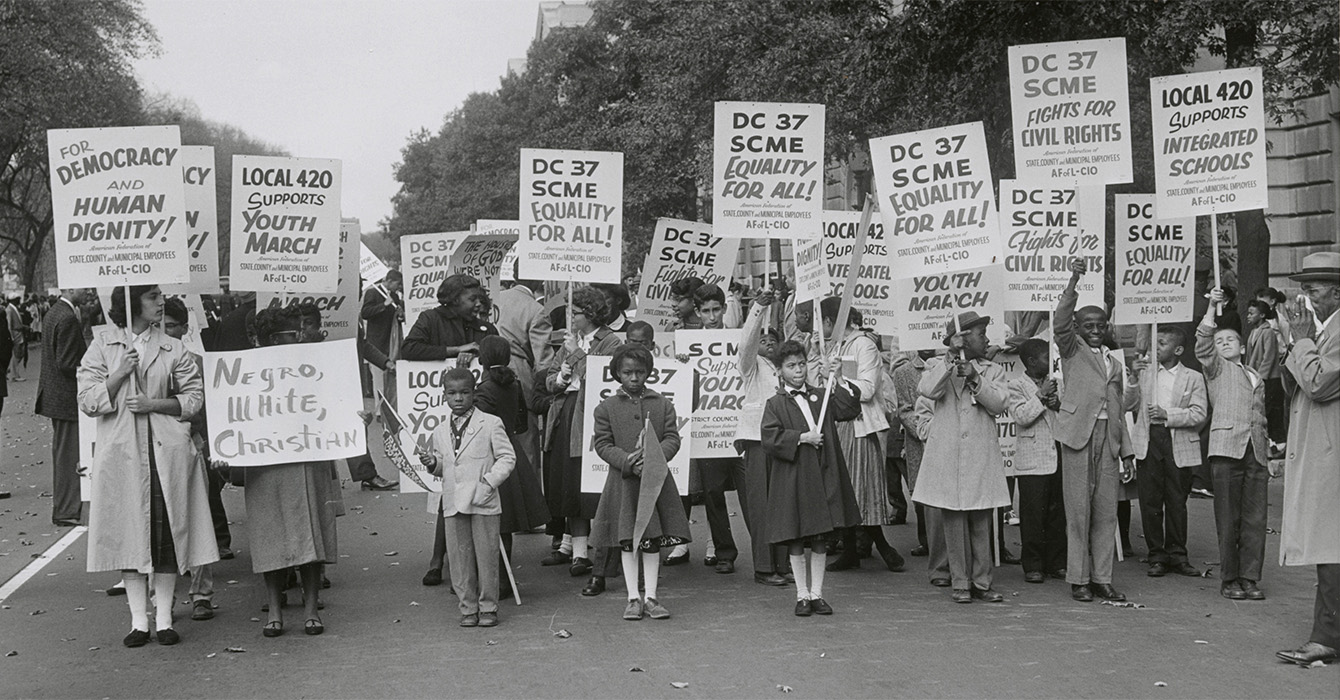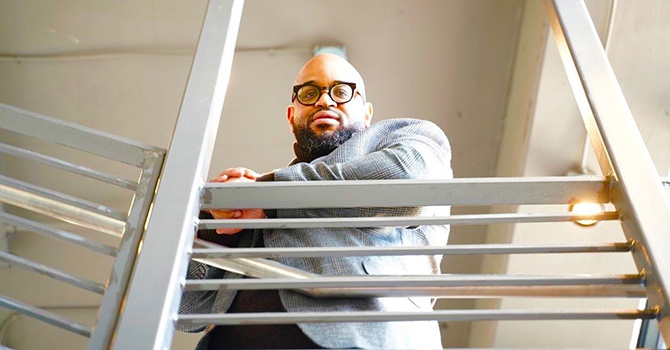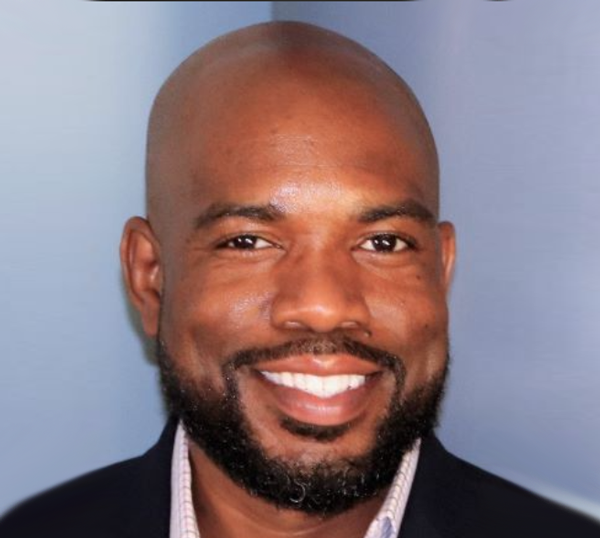Nannerl O. Keohane draws on her experience in educational leadership as well as her training as a political theorist to bring theory and practice together in “Thinking about Leadership.”
Keohane has served as president of Wellesley College and in 1993 was named president of Duke University, where she was the first woman to serve in that office. After leaving Duke in 2004, she was named the Laurance S. Rockefeller Distinguished Visiting Professor of Public Affairs and the University Center for Human Values at Princeton University. She is an American political theorist who has also taught at Swarthmore, Stanford and the University of Pennsylvania. In 1995 she was inducted into the National Women’s Hall of Fame.
Keohane spoke with Faith & Leadership about looking at leadership from both the inside and the outside. The following is an edited transcript of the interview.
Q: Why another book on leadership, and why this particular approach to it?
There are so many books on leadership. It’s a topic that fascinates many people. I thought it was worth adding another book to the pile, because I have a perspective that is unusual, having [taught] theory of politics since I was a sophomore in college and also having 23 years’ experience in leadership in higher education, as well as serving on corporate and foundation boards.
When I took the job as president of Wellesley back in 1981, one of the things in the back of my mind as a political scientist was, “There’s going to be a good opportunity to learn more about leadership and power from the inside.”
Most political scientists look at it from the outside and say, “What are those guys up there -- often guys -- and gals doing, and how do we understand it and also keep them from misbehaving so the rest of us are better off?”
I wanted to know from the inside what would it be like on the other side of that desk. I had that in the back of my mind when I was president at Wellesley and Duke. Then, when I finished, one of the first things I wanted to do was to make good on that commitment.
So how do you bring theory and practice together? How do you talk about leadership, both from an informed theoretical perspective and also as an experience? It’s not a book of memoirs. I’m like the guy who has been over some mostly unexplored territory and therefore can help others find their way better than if you’ve never been there before. That’s the main purpose.
Q: In what ways did the experience from the inside surprise you?
One thing that didn’t surprise me is that it does make a difference to have power. A president of a college or a university gets to make some final decisions, or at least recommendations to the board of final decisions, and that’s a pretty heavy responsibility. It involves many steps and stages and coming to understand from the inside how that feels.
Instead of looking at it as a sort of bloodless sequence -- here’s the dilemma, here’s the process and here’s the outcome -- you think about all the times you spend your time jawboning people so that they understand where it is you think they should be going, think about all the times you try to make sure you weigh the alternatives, but recognize you can’t take forever. Think about the times when you are able in the end to say, “This is where we’re going,” and people then begin to move. That’s very different.
It became clearest to me when I chaired a faculty-staff committee at Princeton for a project that I really cared about and the dean really cared about. The members of the committee -- some of them thought it was a good idea and some of them didn’t. After one meeting where everybody was being negative, I sat at the table after everybody left and I thought, “If I were president now, I would say, ‘OK, thank you, I’ve heard all of you; this is what we’re going to do.’”
That’s the difference, and I knew it from the inside.
It’s not just power. I also learned what it is to become deeply identified with an institution. Duke is a good example, and so is Wellesley, where you as president are the standard-bearer for the institution and people look up to you for that. You walk down the aisle of Duke Chapel or Wellesley Chapel wearing the chain of office and you realize that you are there embodying this institution, which is a matter of great responsibility and great pride.
I’m very much an institutionalist, and when I become that deeply engaged in an institution, I really bleed Duke blue or Wellesley blue, whatever it may be. It’s different than looking at it from the outside.
And finally, I learned the importance of having good people around you, because there’s never a job that you do all by yourself. Knowing how to pick the right people, knowing how to work with them, inspire them, be inspired by them, help them, criticize them, encourage them to criticize you in the right thoughtful ways is an invaluable part of being a leader.
You may write about it from the outside, but from the inside it’s so deep and so important.
Q: What do you mean when you describe yourself as an institutionalist?
In the book at one point I talk about leaders in higher education as having one of three different motivations for taking a job.
Some people like founding, beginning an institution and having the sense that they can see it growing from scratch. Some people like fixing things; they want to go to an institution that has a lot of problems so they have work to do to provide remedies. Some people -- I count myself as one -- have the greatest interest in, and capacity for, working within a very established, very fine institution with a long history and a strong series of ambitions and goals and a lot of people who care deeply about it. The weight of taking leadership in that institution is different from either of the others in some fundamental ways.
I regard the history, the values and the goals of an institution embodied in your colleagues and your predecessors as being part of what you are taking responsibility to continue. That, to me, is a very important part of the kind of leadership I find most rewarding.
Q: You talked about tradition and being part of a history. As a leader, how do you respect that while also being innovative, wielding your power or making your mark?
One behavior that you need to be alert to as a leader is having a vision of an institution when you walk in. I don’t think you should come in with a vision to an institution that you don’t know extremely well, because you don’t know enough about it to come in and say, “This is where we ought to go”; you need to get to know it well.
For example, when I came [to Duke], the question of whether all of East Campus should be a freshman campus was very much on the table. Everybody wanted a decision right away. I said, “I can’t make that decision until I know more about Duke.”
And I waited a year before I recommended to the board that we move in that direction. It was really important not to walk in with a vision -- “I want to change Duke and make a freshman campus,” etc. -- without knowing the institution. If I’d walked in off the streets and made that decision, it would’ve been impossible.
The balance between stewardship and innovation is a very difficult one.
We changed the face of Duke’s campus profoundly, built a number of wonderful buildings, including the new building for the Divinity School. It closed off the Chapel Quad by doing so, but we did so with sensitivity to the campus, thinking about this campus, which we regarded as a precious resource to be stewarded and as a place that also needed innovation.
There were buildings that were crumbling, and there were cul-de-sacs where you couldn’t find your way from main campus out to the science buildings. We saw innovation as a way to preserve the things that were important about Duke. That’s innovation in the spirit of the institution that you serve.
Q: How has your faith life influenced your work as a leader?
My father was a Presbyterian minister, and my mother wrote very well-received works in Christian education. They were both teachers, and Mom was a dean at a Presbyterian college in North Carolina, St. Andrews College. So my youth was spent in a home where faith was very important.
I went to church every Sunday; my allowance got docked if I talked to my friends when I was sitting in church. I played the piano at Wednesday evening prayer service. So it was very important in my growing up. Through the time I was in college, I was head of chapel at Wellesley College.
Over a period of time since then, faith has been cyclically an important part of my life and my leading, but not always. I’ve gone through periods where faith is important and periods where it’s not, periods where I go to church every Sunday and periods when I don’t go at all, except maybe for Christmas Eve.
When I was leading Duke, I was a member of an Episcopal church with my family. My daughter-in-law is deeply Episcopalian, and her family is too, so I would go partly to be with them, to be with my grandchildren and my son and daughter-in-law every Sunday, but it was also important to me to have that ritual and the church year as part of my life.
As I was finishing at Duke, the rector preached two sermons that I just couldn’t take; one was on the subjection of women and one was on the evils of homosexuality. I wrote him letters each time to tell him that I disagreed profoundly with him and thought he ought to give people a chance to talk about these issues instead of taking the power of the pulpit to just preach at us. He basically said I didn’t know what I was talking about.
I decided if there’s no dialogue about this, I don’t need to sit there, so I did not go back to that church, and for a variety of reasons haven’t formed a new church affiliation in the ensuing years, but my hunch is someday I will again.
Q: Do you think that your formation in the Presbyterian tradition has affected your work, even if you’re not going to a Presbyterian church on Sundays anymore?
Presbyterianism thinks a lot about leadership and governance. Presbyterians, with everything from the presbytery to the synod to the general assembly, think a lot about how you structure and govern a church.
It’s very much a church that is oriented toward both lay and clerical participation at every level, but it’s also a church that has a hierarchy of participatory bodies, without anybody like a bishop at the very top, but also not only congregationally based.
Q: In the chapter on gender in your book, you say that at both Duke and Wellesley the influence of the institution on leadership was greater than the influence of gender. How would you describe the impact of gender throughout your own career?
One of the things I say in that chapter is that some people would answer the question, “Do women lead differently from men?” -- some people would say, “Well, yes, of course.” I wouldn’t put it that simply. I think women lead in different ways as individuals.
You can’t say all men lead the same -- Jimmy Carter and Genghis Khan. Margaret Thatcher and Mother Teresa -- all women don’t lead the same, and they all don’t lead differently in the same way.
The way you are raised, and the way you’re socialized as a child, has important implications for your future, whatever you’re doing. How you were treated, the culture that you lived in, the experiences you had when you were one and two and three and four and five are going to shape the way you work as a grown-up. That is true for how you lead, as well as how you do anything else.
Clearly, not every woman is socialized the same way. It depends on culture, history, personality and family, etc., but in every culture we know anything about, to some extent at least, girls are socialized differently from boys. In some cultures it’s profoundly different; in others it’s more modestly different, but it’s different.
My argument would be that that has to make a difference in the way you exercise power. Margaret Thatcher deliberately tried to get away from being thought a woman leader, tried to rule -- lead -- just like the guys. And she did, but there were also ways in which she behaved in a fashion that some people would’ve regarded as typically feminine.
Most women leaders combine attributes of themselves that might be thought stereotypically feminine and others that are not in order to provide a style of leadership that works for them personally.
The bottom line is, I hope that there will come a day when we don’t have those stereotypes, so that pieces of ourselves that become engaged in our leadership aren’t typecast as, “Oh, that’s a woman’s way of leading; oh, that’s a man’s,” and that we get past that and have people lead in whatever way works best for them.











